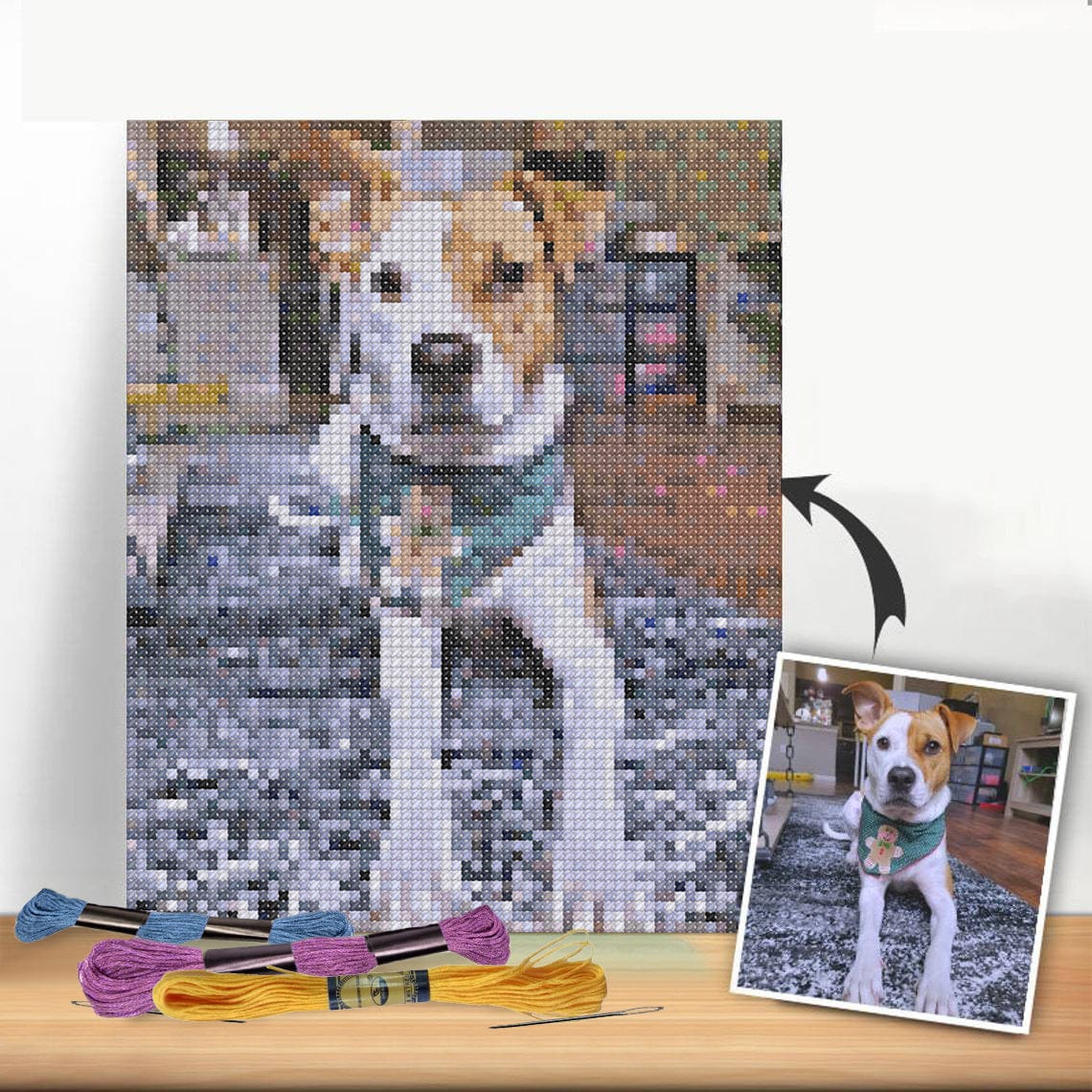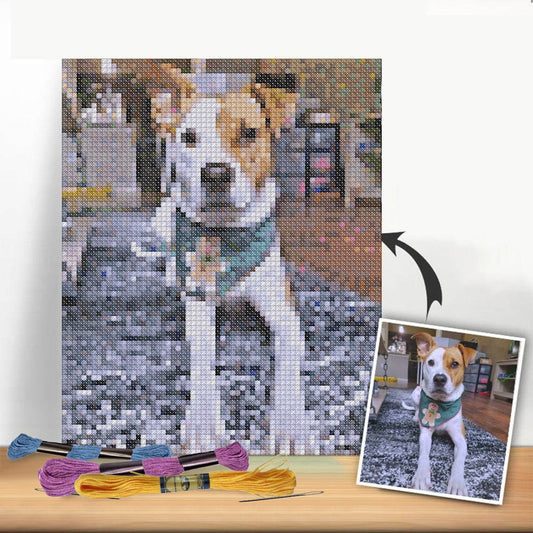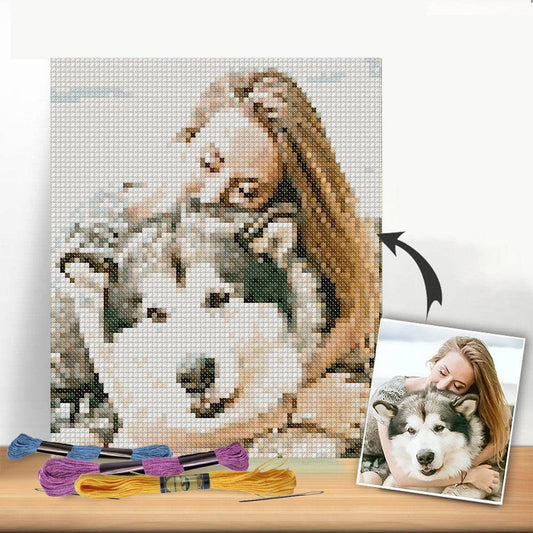The Importance of Properly Conditioning Your Embroidery Threads
Embroidery is a beautiful and intricate art form that requires careful attention to detail. One of the most important aspects of successful embroidery is ensuring that your threads are properly conditioned. Conditioning your embroidery threads helps to prevent tangles and knots, creating a smoother stitching experience and a more polished final product.
What is Conditioning?
Conditioning simply means preparing your embroidery threads for use by adding a protective coating to the individual strands. This helps to reduce friction between the threads, making them less likely to tangle or knot while you are stitching. Conditioning also helps to strengthen the threads, prolonging their lifespan and ensuring that they hold up well over time.
How to Condition Your Embroidery Threads
There are several different methods for conditioning your embroidery threads, depending on personal preference and the type of thread you are using. One popular method involves using a thread conditioner, such as beeswax or Thread Heaven, to coat the threads. Simply run the thread through the conditioner a few times to apply a thin layer of protection.
Another method is to use a bit of hand lotion or hair conditioner to coat the threads. This can be especially helpful for delicate or specialty threads that may be damaged by wax-based conditioners. Simply rub a small amount of conditioner into your hands, then run the thread through your fingers to apply a light coating.
Tips for Success
- Always condition your threads before stitching, not after. This will help to prevent tangles and knots while you work.
- Be careful not to over-condition your threads, as this can make them too slippery and difficult to work with. A light coating is all that is needed.
- Experiment with different conditioning methods to find what works best for you and your specific thread types.
Conclusion
By taking the time to properly condition your embroidery threads, you can ensure a smoother stitching process and a more professional-looking finished product. Experiment with different methods and find what works best for you, and don't be afraid to get creative with your conditioning techniques. With a little practice and patience, you'll be flossing like a pro in no time!




